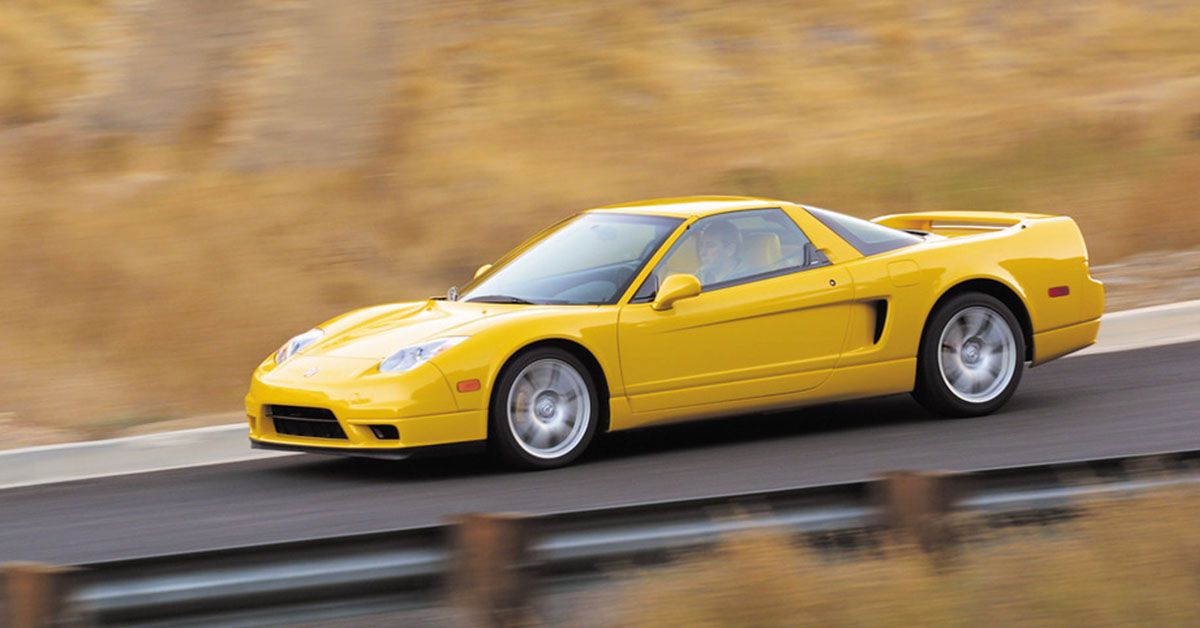When it comes to JDM cars of the 1990s, there are a few cars that always get mentioned. Even before Fast and the Furious debuted two decades ago and made the Toyota Supra a Supra-star, Toyota’s Mark IV was making a name for itself, boasting 800-horsepower stock internal single-turbo street fighters. Nissan had their 300ZX, which was the living legacy of their already historic Z-models. Mazda’s rotary-powered RX-7 was a cult classic, while Mitsubishi’s bombastic 3000GT was every bit the head-turner most Ferraris were at the time. But speaking of Ferraris, the car that Honda built to fight those very Ferraris often does not get the credit it deserves. Ironically, there is a case that can be made for the Acura NSX as the single best JDM car of the ‘90s, and with the forthcoming information, you can make that judgement for yourself.
1990-2005 Acura NSX
- Targa Top Introduced In 1995
- First Use Of VTEC In America
- First Ever Production Aluminum Semi-Monocoque Design
- Model: NSX
- Engine/Motor: 3.0-3.2 Naturally Aspriated V6
- Horsepower: 252-290
- Torque: 210-224 pound-feet
- Drivetrain: Rear Wheel Drive
- Transmission: 5-6 Speed Manual or 4-Speed Automatci
- Lightweight, Balanced Drivetrain.
- Great Fuel Economy For A Supercar
- Pininfarina Designed
- Could Use More Power
- High Price Point
- Low Production Numbers
Beauty In Its DNA
Honda wanted to battle the Ferrari 328 and 348, but in a different way. Having seen the Italians favor speed and power over comfort and usability, Honda decided to focus on making a supercar that could also be a daily driver by someone without masochistic tendencies, but that didn’t mean that car couldn’t also be beautiful as well. Commissioned by the Italian designer Pininfarina, who created some of the most beautiful cars we've ever seeen, the then named Project NS-X, which stood for New Sports eXperimental, Honda eventually got rid of the dash and decided that for the US shores, it was best to sell their halo car under their luxury name Acura. This was because the NSX, with its lofty price tag and exotic looks would not really fit in very well with a showroom full of Civics and Accords.
Powerfully Balanced
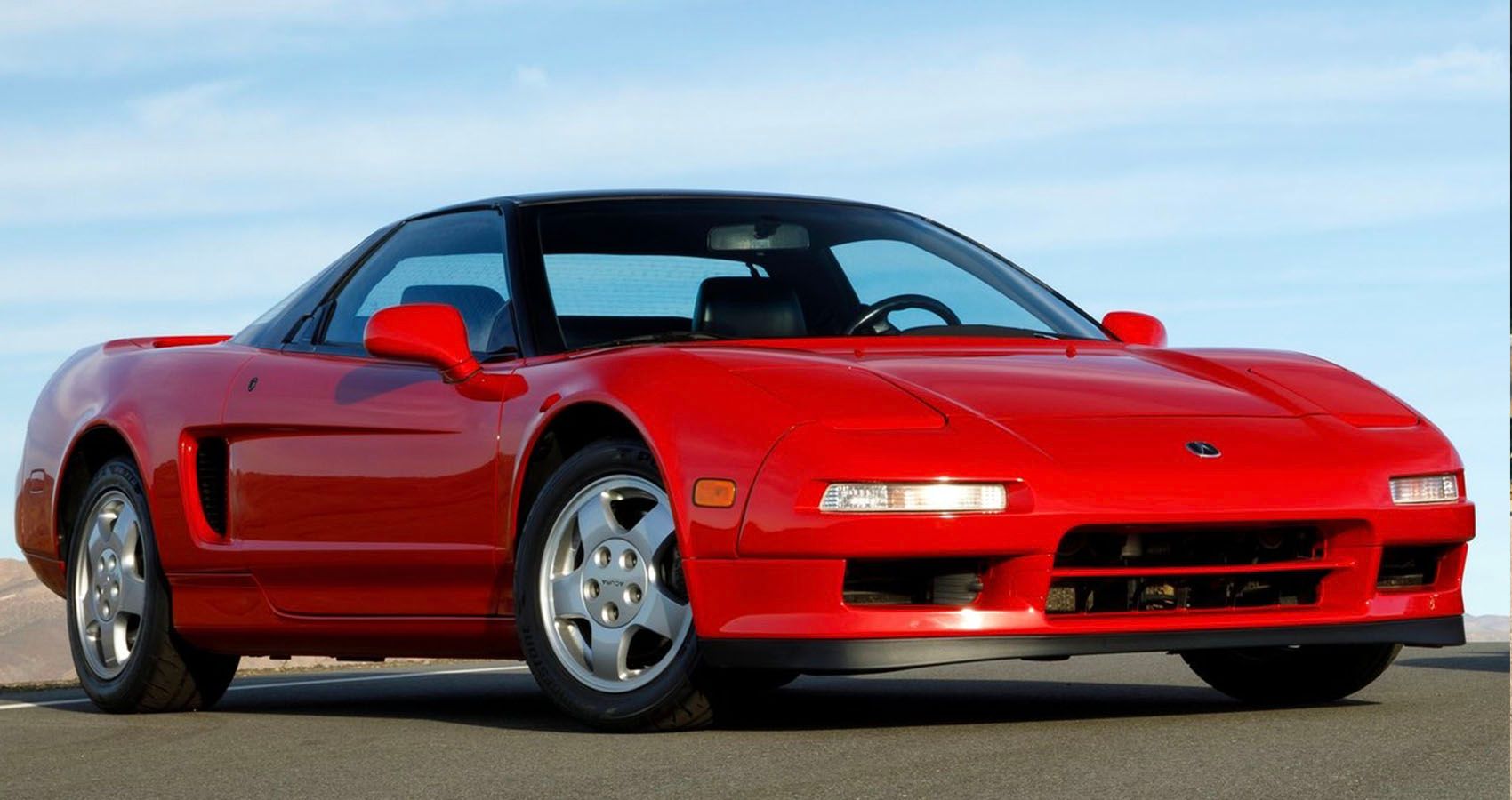
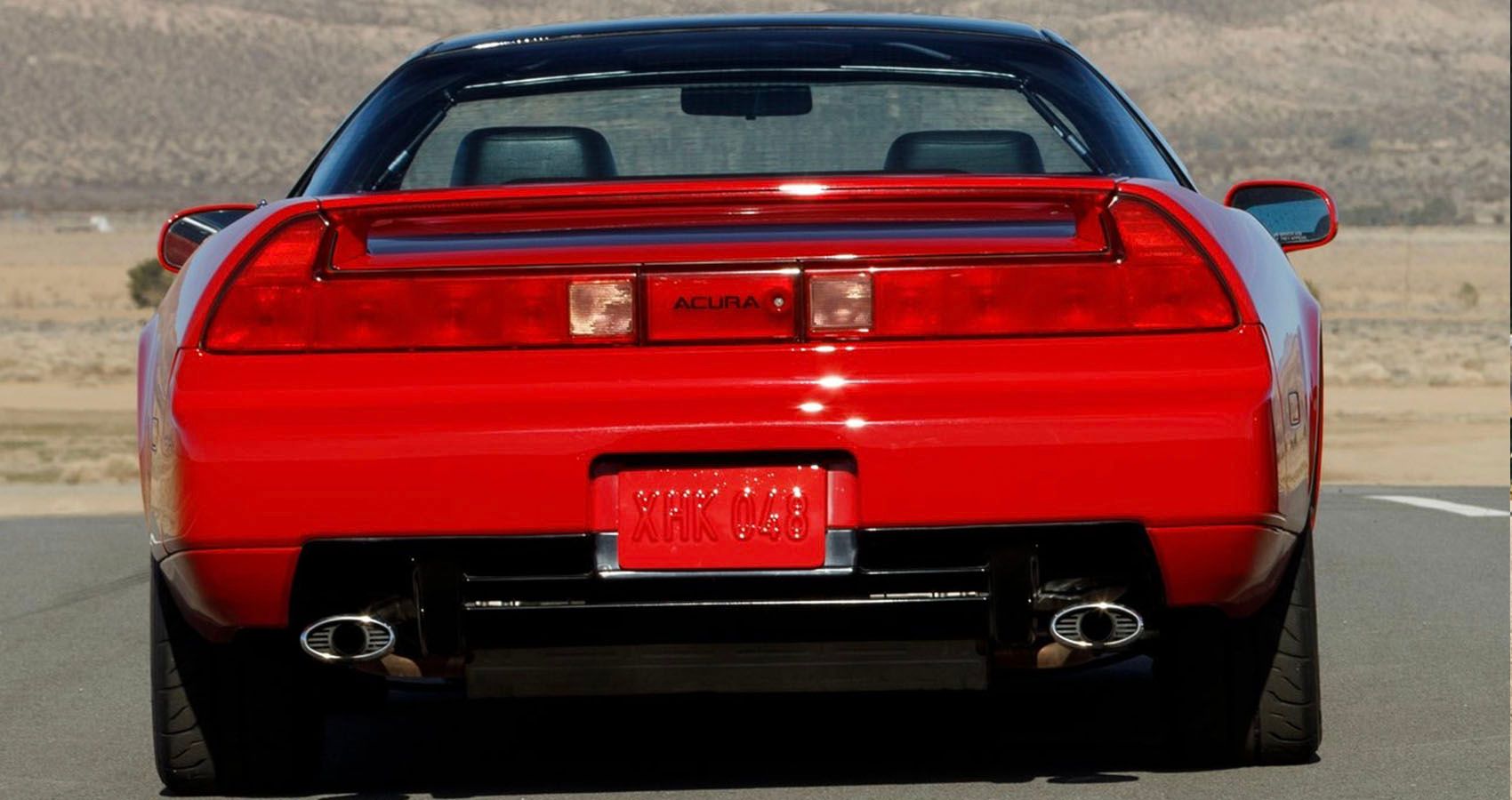
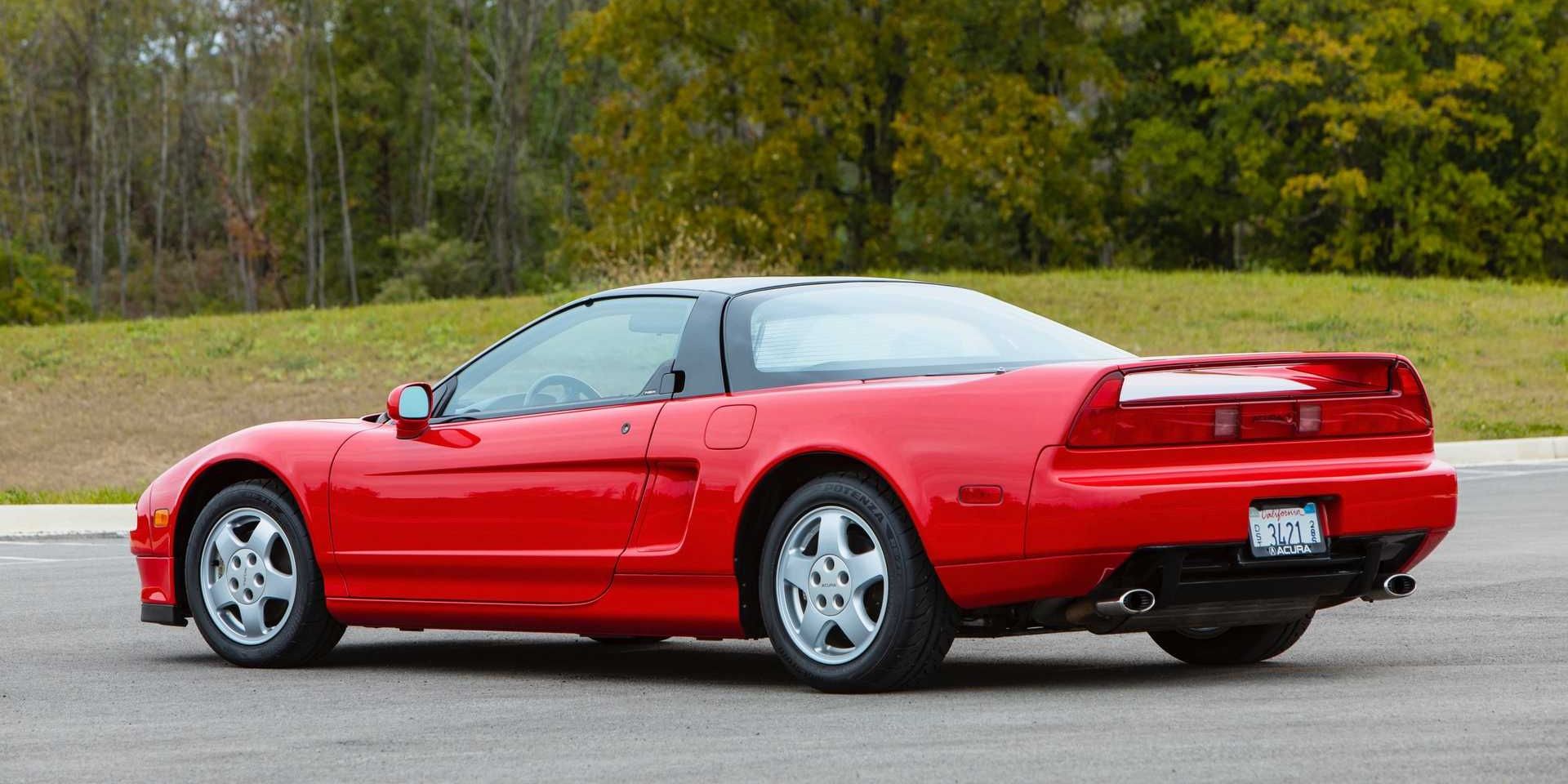
The NSX became the first production car to ever employ an aluminum semi-monocoque design, which held a mid-mounted 3.0-liter naturally-aspirated V6 engine code named C30A, which was model specific for the NSX. That power was initially routed through either a five-speed manual or four-speed automatic and with the manual, you got a full 270-horsepower at a sky-high 7,100 ROM and 210 pound-feet of torque at 5,300 RPM. Opt for the auto though, and you got docked 18-horsepower for drivetrain losses, making a less-fun 252-horsepower. In either case, that power was then sent only to the very close-by rear wheels. Also, worth mentioning is that this engine marks the very first look the US got at Honda’s VTEC variable valve timing.
Improving On Perfection?
In 1995 Acura offered the NSX-T, which was a targa top version of the NSX. The removable top did cause Honda to have to add about 100 pounds of chassis-stiffening materials to offset the loss of rigidity caused by not having a fixed roof anymore, but the result was the ability to provide an open-air driving experience without resorting to a full convertible top. Then in 1997, the NSX got its first major, and really only, mechanical update. The engine size expanded to 3.2-liters (code named C32B), and now made a more impressive 290-horsepower and 225 pound-feet of torque, while a new six-speed transmission added one more gear to the mix. If you chose to stick with the automatic however, then your NSX got its old 3.0-liter engine and the same 252-horsepower output.
Less Can Be More
One of the knocks on the NSX was that it just wasn’t as powerful as some other less expensive JDM cars out there at the time. But the NSX was out to prove that balance in all things was the way a car can truly provide enjoyment. Plus, with an initial curb weight of just 3,010 pounds (which moved up to its highest of 3,164 from 1997-2001), it didn’t take as much power to move as quickly as say, the comparatively more powerful Mitsubishi 3KGT with its 320-horsepower, but a portly 3,800 pounds. And while the NSX didn’t have any fancy all-wheel drive setup, its mid-mounted engine did help keep the tires planted to the tarmac, minimizing wheel spin, as we’ve seen cars like the Corvette C8 mimic in recent years.
The result of this design was a car that had a 42/58 front/rear weight bias, and at its best could rocket from 0-60 mph in just 4.7 seconds, 0-100 mph in a scant 11.8 seconds, through the quarter mile at 13.2 seconds at 106 mph, and on to a top speed of 175 mph. The NSX could also scrub off speed from 70-0 mph in 170 feet and run around the skidpad at nearly a full 1.0g. Thanks to its light weight and efficient engine tuning, the NSX also was not a gas-guzzler, chiming in with a fuel economy range of 19/25/22 city/highway/combined mpg.
Fast Gets Faster
Unfortunately, the best performing trims were only available exclusively to the Japanese market. These included the 1992 and 2002 NSX-R, the 1997 NSX Type S and 1997 Type-S Zero. These models all focused around making the NSX lighter and better handling, with no added power. The only limited-edition we got in the US was the 1999 Alex Zanardi edition. Acura only made 51 examples to commemorate Honda’s back-to-back Indy championships piloted by none other than Alex Zanardi. The AZ edition came only in Formula Red and mimicked the Type S with its reduced weight (by a full 149 pounds) using lighter BBW wheels, a lighter rear spoiler and battery and even thinner glass. Acura implemented the fixed roof version as it was the lighter model as compared to the targa, and the car itself was set up as left-hand drive. Acura even went so far as to remove the electric power steering setup in favor of a manual one to provide more realistic road feedback.
Super. Practical.
It's not often you see the word “practical” when it comes to describing supercars. But that stigma is exactly what Honda wanted to change with the NSX. While it may not have had the wow factor as something like the Lamborghini Countach, the NSX was far more livable. Based off of the cockpit of an F16 fighter jet, the NSX had a comparatively spacious interior compared to some of the more claustrophobic Italian cars of the time, and offered things like air conditioning, power windows and locks, airbags, soft leather seats, and even a Bose stereo system. Marketed as an exotic car you could live with every day, Acura succeeded with its advertisement.
One Last Update
In 2002, the NSX received a cosmetic change, and did away with the old flip-up style headlamps in favor of a better angled, fixed set that introduced high intensity discharge (HID) xenon lamps. The fixed roof hardtop was also taken off the options list, as the targa became the sole roofing option thanks to its obvious preference by buyers up to that point. Acura increased the spring rates and added a few tweaks to the bodywork to drop the car’s drag coefficient from 0.32 to 0.30 and helped improve its acceleration and top speed to the car’s peak.
The Price Of Pursuing Perfection?
One of the reasons the NSX doesn’t get lumped in with the other JDM cars of its day was because it cost far beyond any of those other cars. The NSX was a luxury car, while cars like the Nissan 300ZX and Mazda RX-7 were just sports cars and cost significantly less than the prestigious NSX. When it first debuted, the NSX had a base price of just about $60,000 give or take depending on which transmission you chose. In its final year 2005, that base price inflated into the six digit category.
The Acura NSX may have simultaneously been the best, and most underrated JDM car of the 1990s. It set a new standard for luxury performance, and forced its global competition to step up their game. While it was comparatively expensive to other Japanese sports cars, the first-gen NSX is finally starting to get the credit it deserves, probably due in some part to the emergence of the second generation NSX. The first generation may just end up being universally considered the best of the 1990s because Honda/Acura proved with the NSX that the whole can indeed be greater than the sum of its parts.

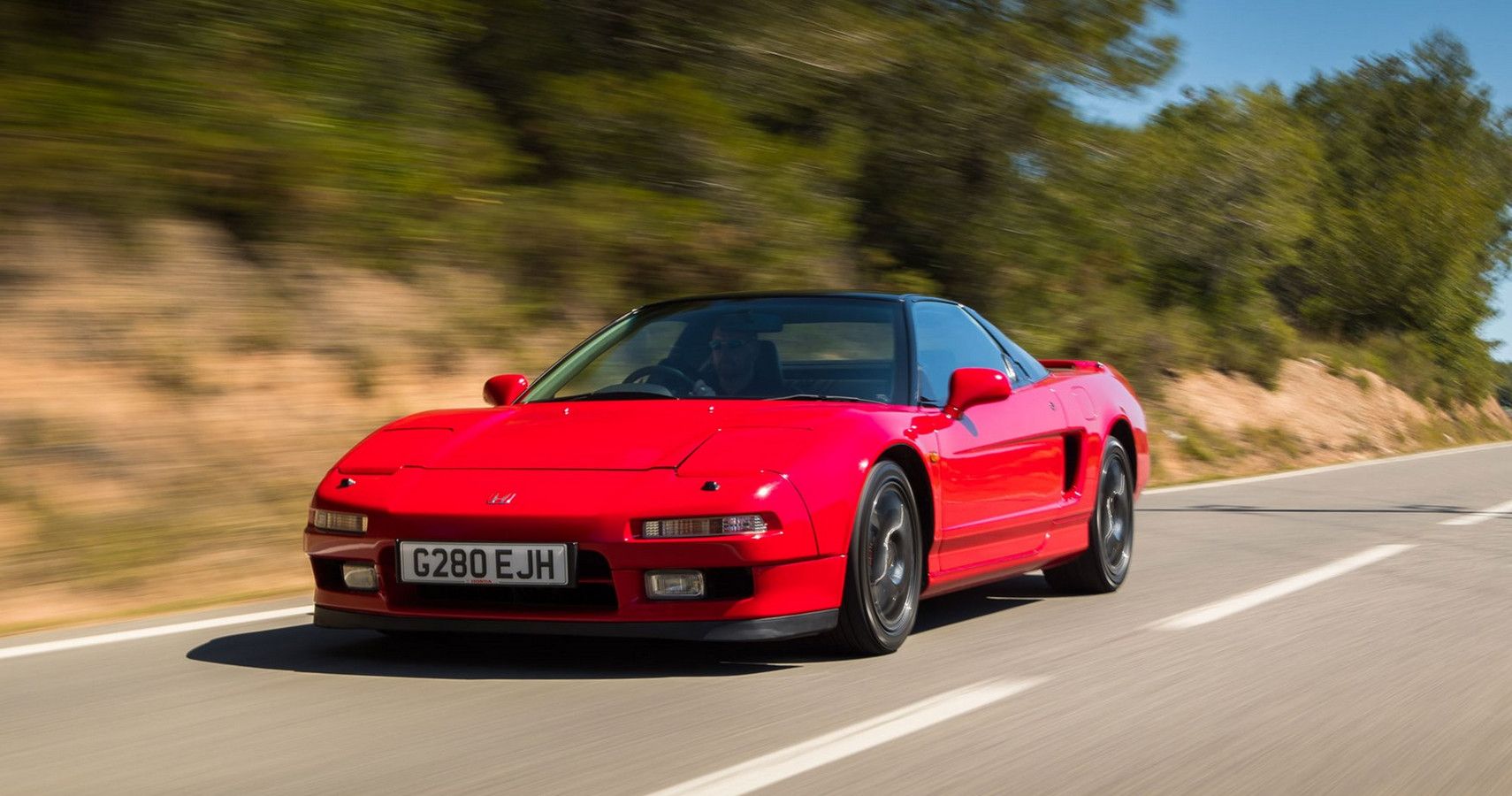

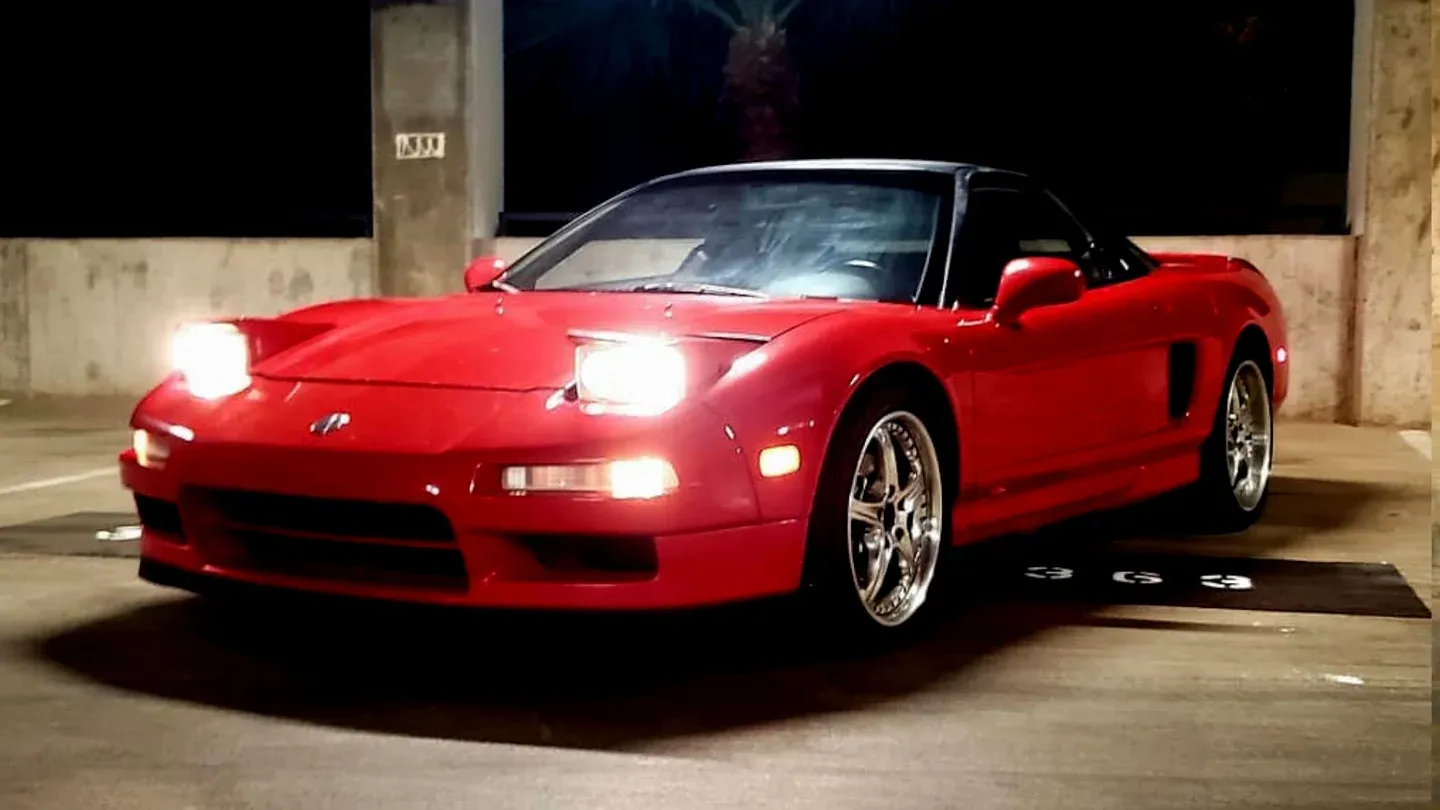
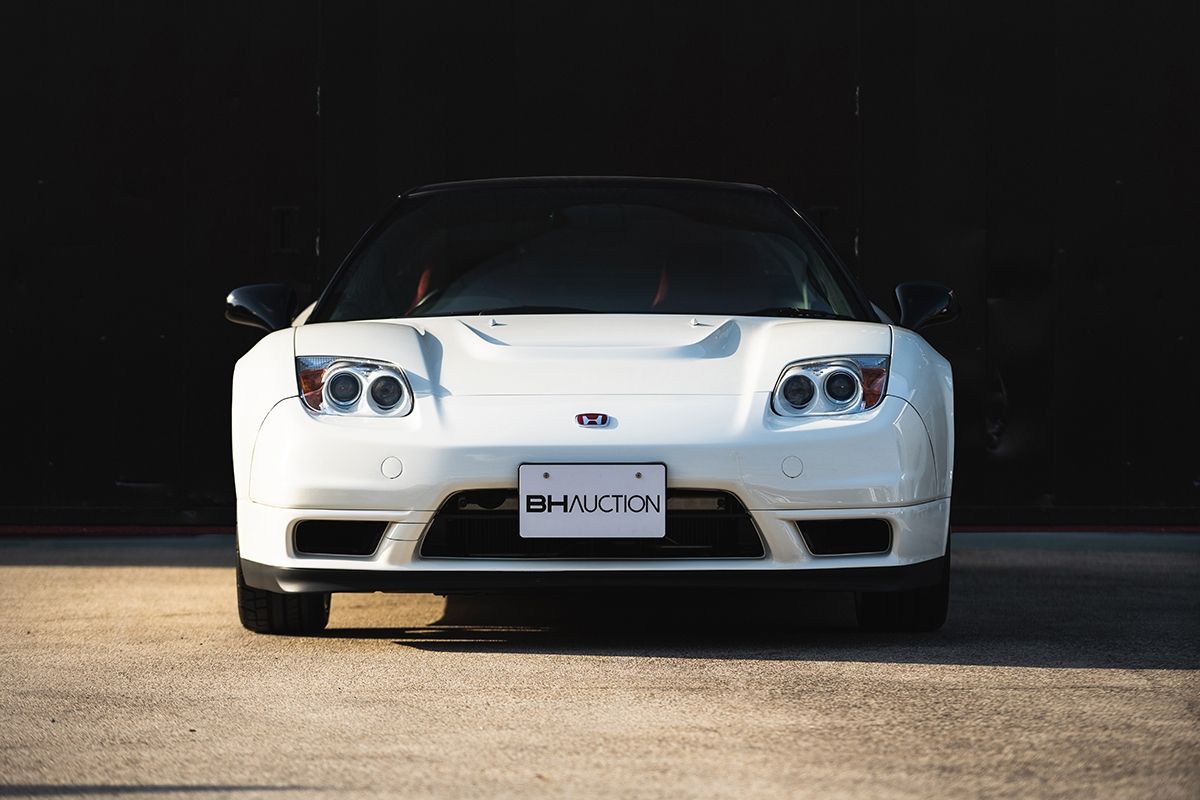
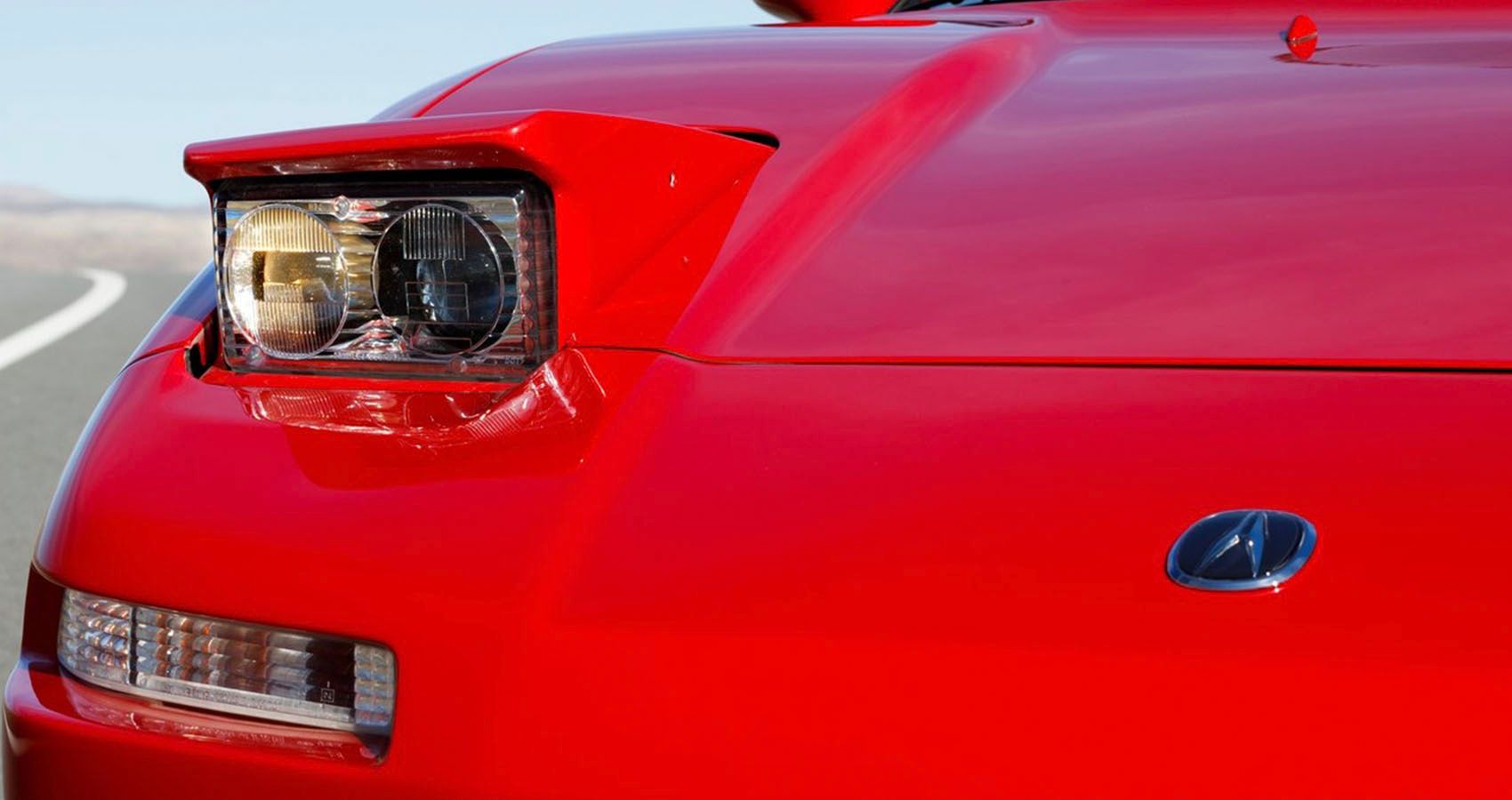
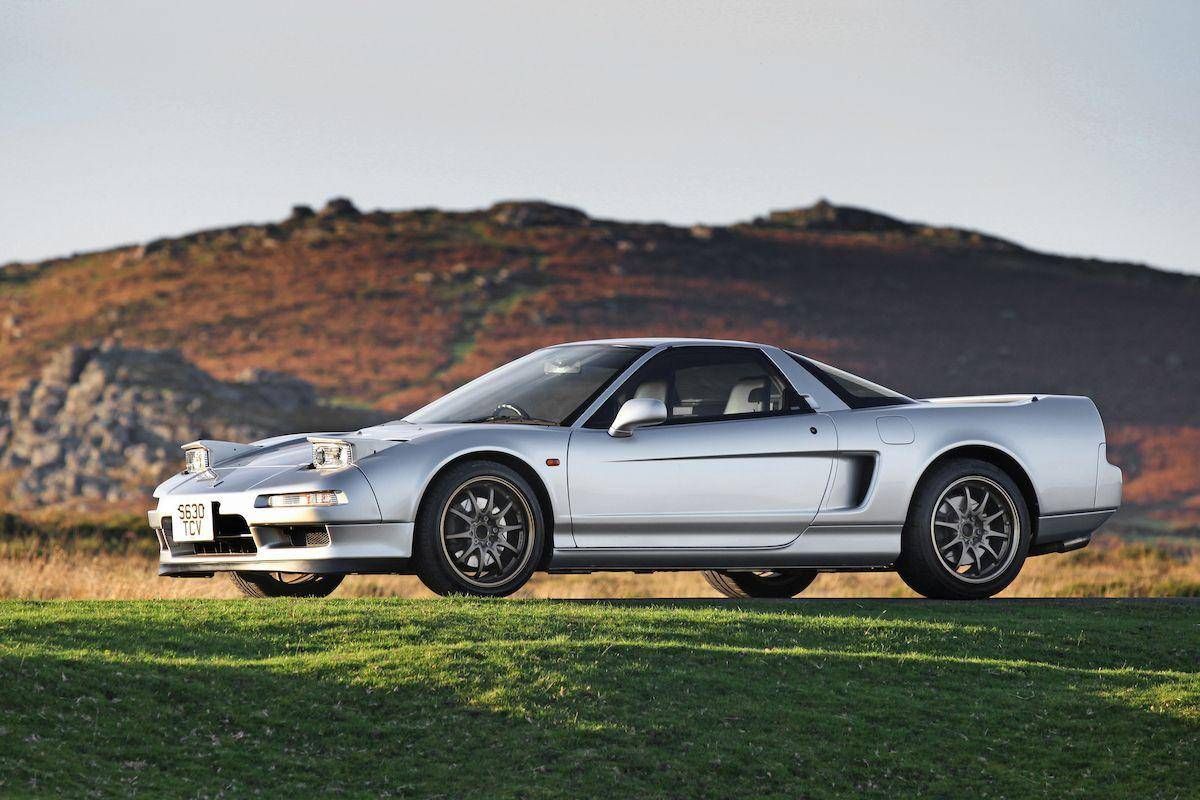
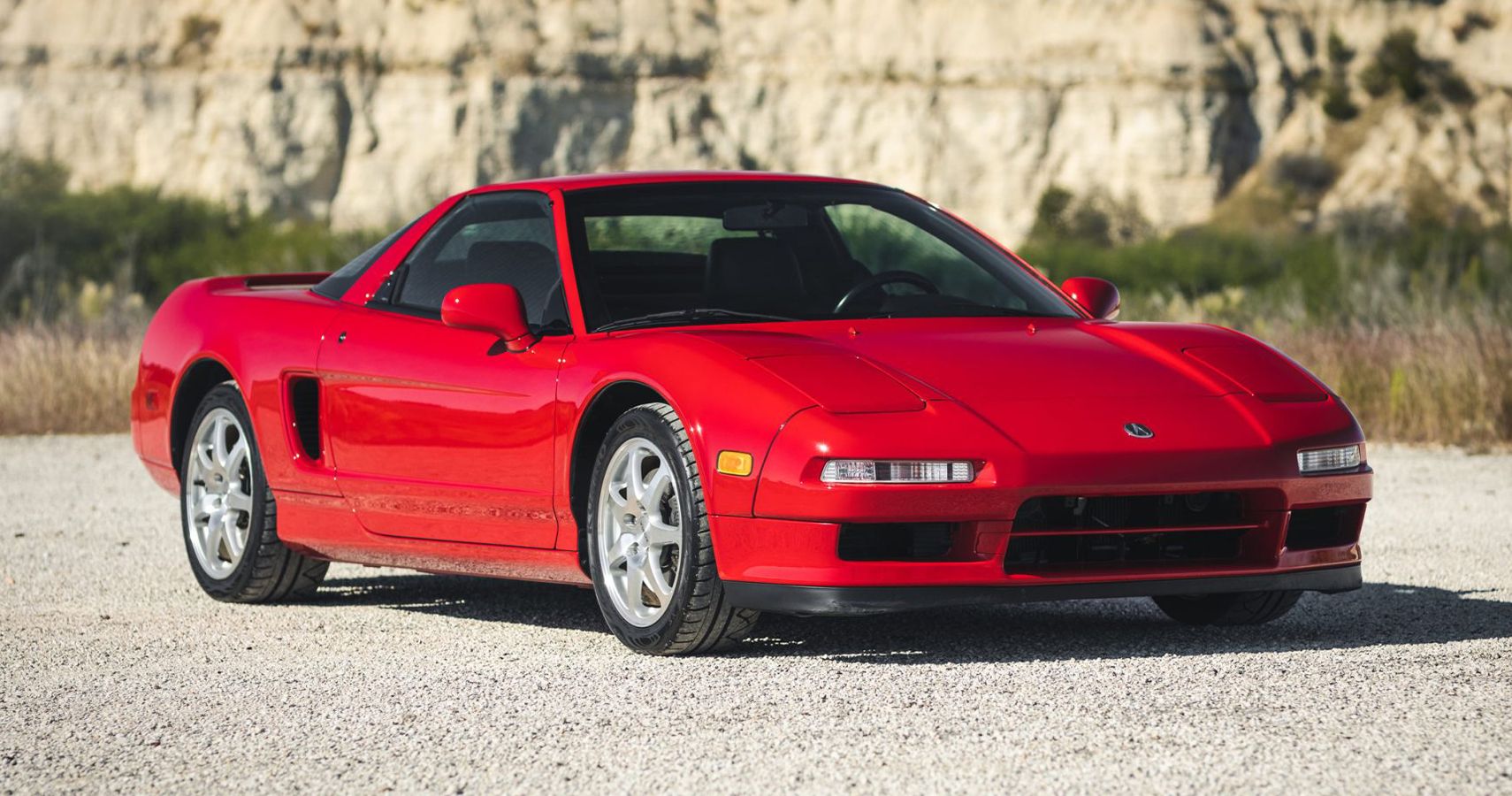
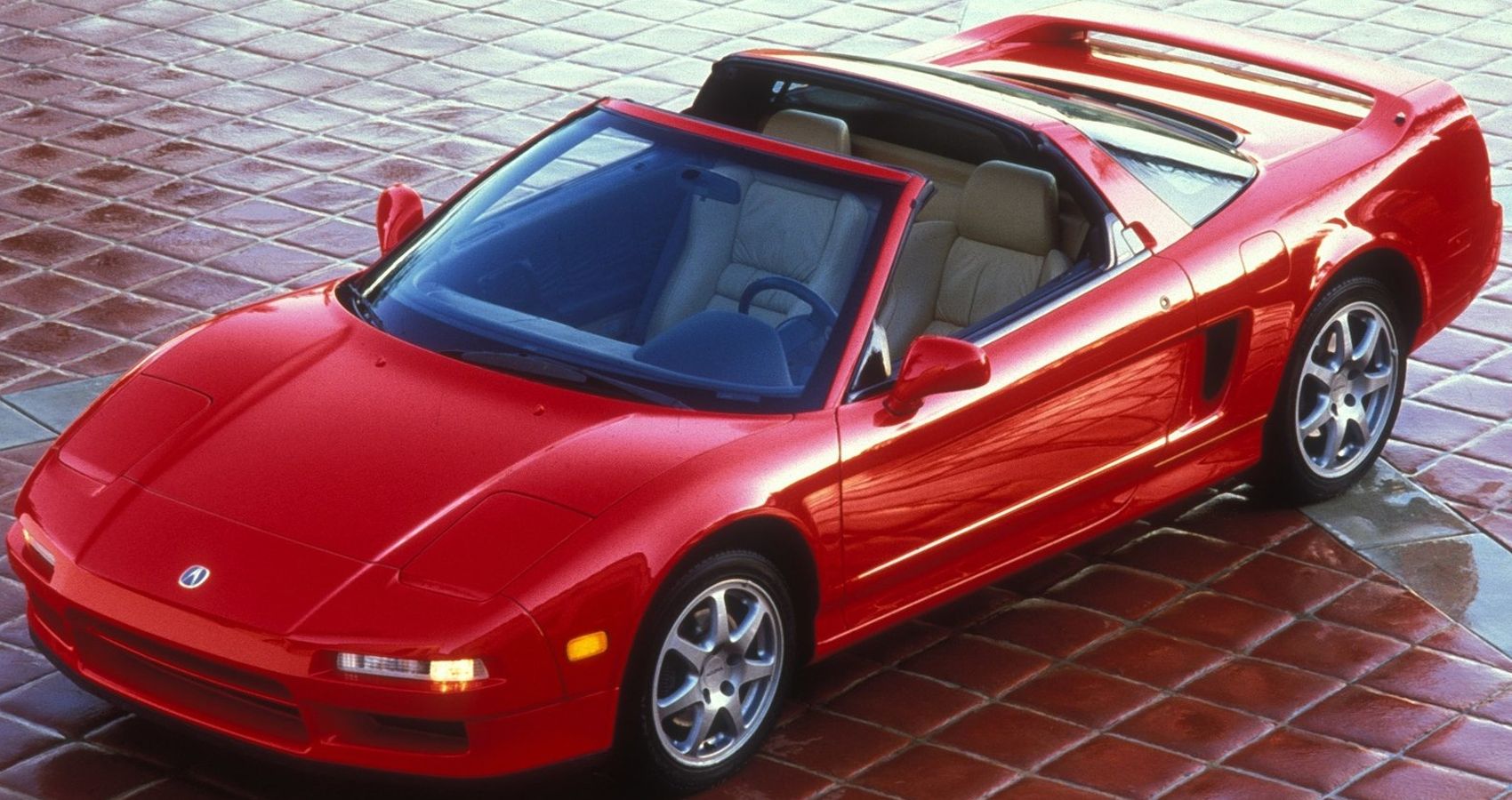
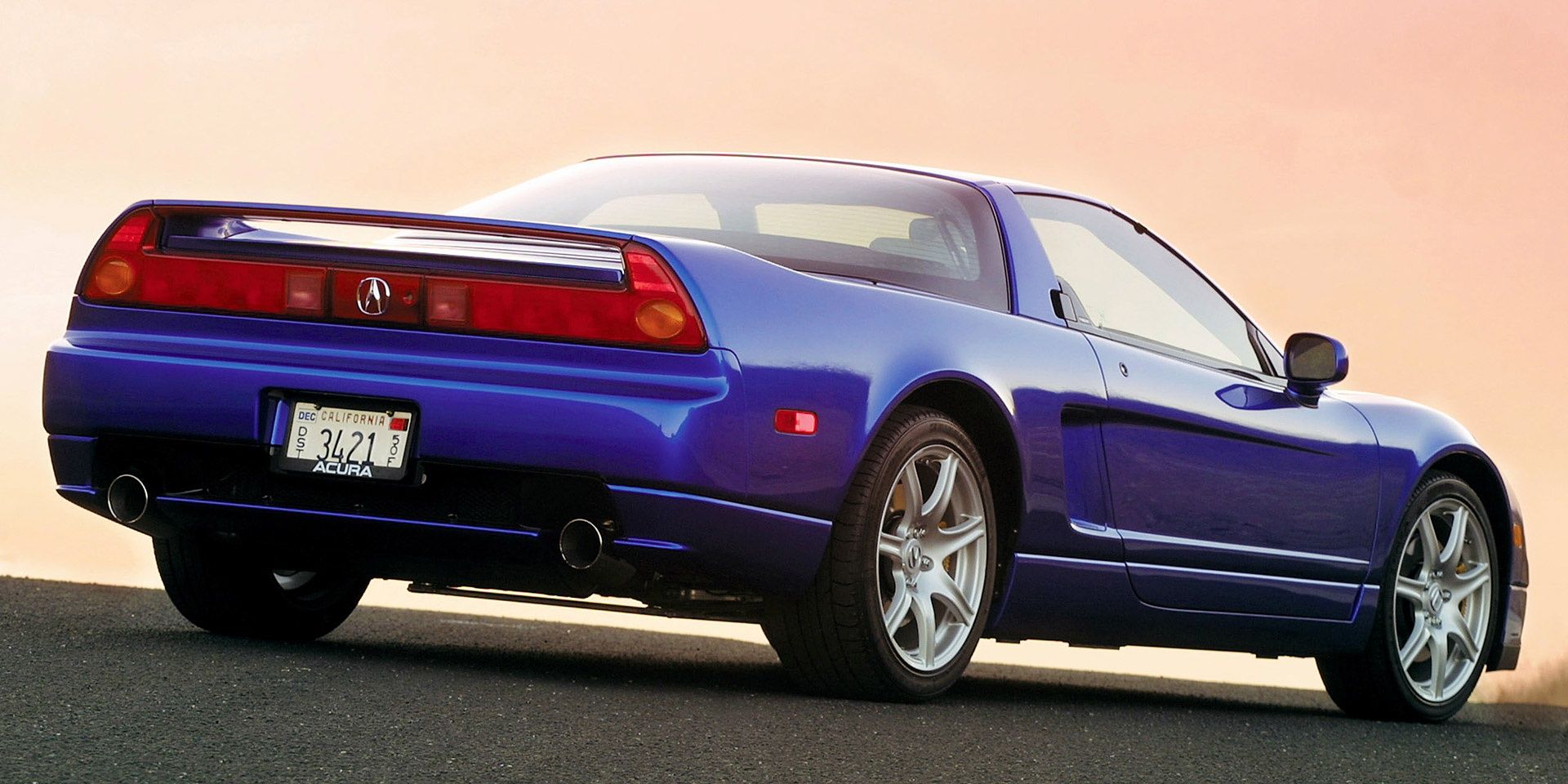
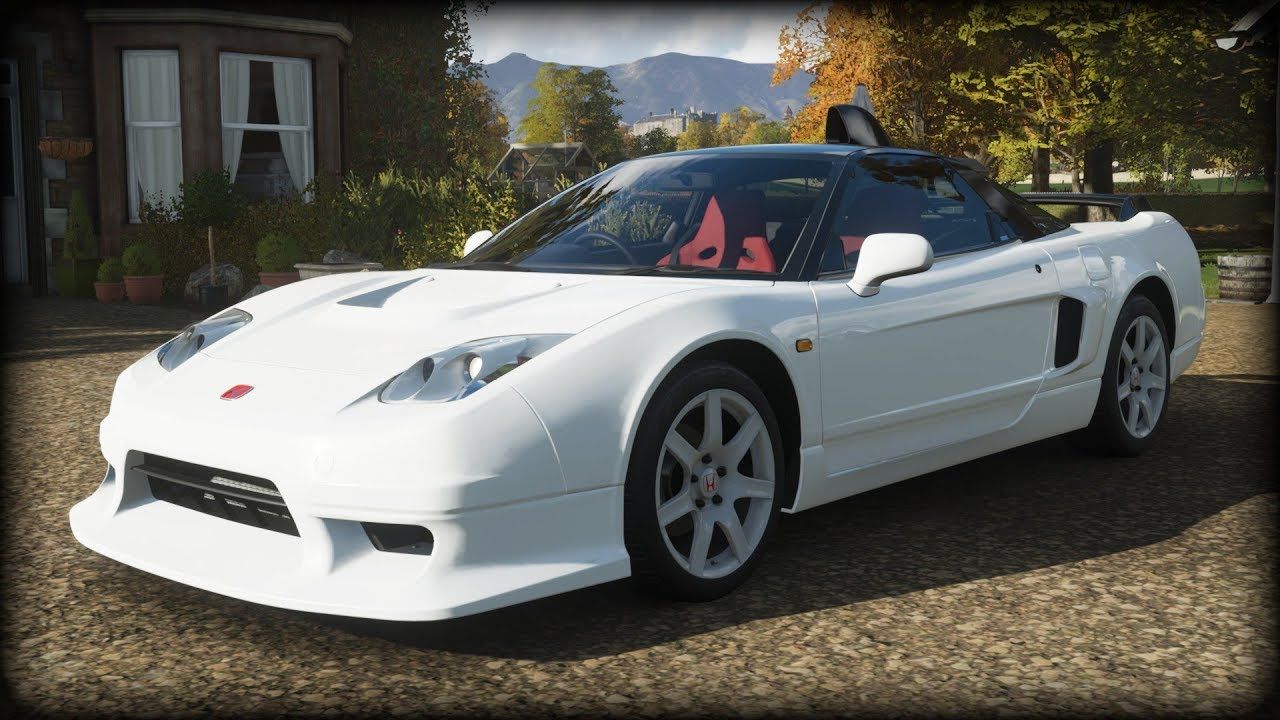
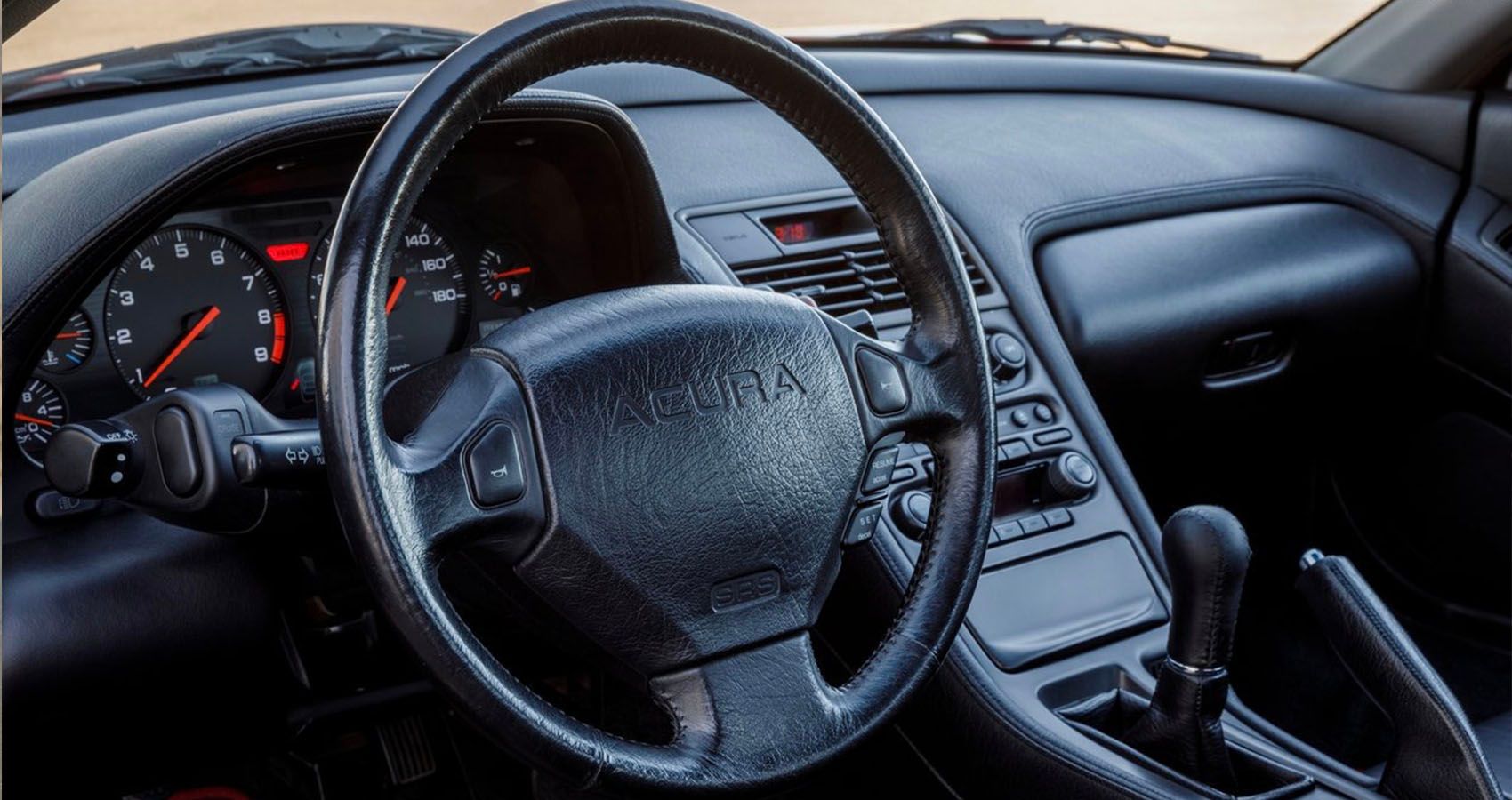
.jpg)
